Review
In my last report, I mentioned how the Cupra drive mode makes the Tavascan's brakes feel more responsive – and boy, do they need it. They really take some getting used to. I often find myself overcompensating, pressing down a little too hard on the pedal.
It's a problem that affects all cars on the Volkswagen MEB platform. When you first press the pedal you're using the regenerative braking rather than the actual brakes. This is great for capturing waste energy and regaining a small amount of charge, but it's not quite powerful enough to scrub speed in all situations. Press the pedal more and the car's friction brakes come into play to provide additonal stopping power. They do the job, but when you're approcahing a roundabout on a national speed limit road the sensation of not slowing down very quickly can be a little unnerving - unless, of course, you really push the brake pedal to the floor.
To overcome the issue, there’s a nifty auto mode that slows the car using regerative braking when it detects you're approaching another vehicle or a junction. You just have to get used to letting off the accelerator pedal a little earlier than usual. A light in the instument cluster comes on to let you know when to start coasting.
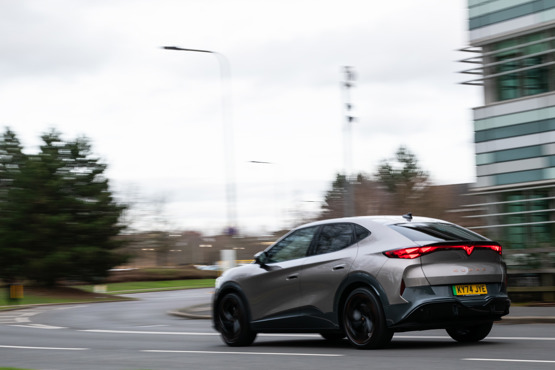
One standout feature of the Tavascan is the sleek LED light strip that runs along the base of the windscreen. It's part of the ambient lightling system but has expanded functions, such as when using the in-car sat nav - it sweeps left or right to signal an upcoming turn, very slick and genuinely helpful.
The car's sat-nav also includes an EV trip planner that suggests the most efficient places to stop and recharge on longer journeys, minimising time spent plugged in. You can plan the route via the phone app and send the details to the vehicle ready for the journey.
On the subject of charging, the past month has been a mixed bag, mostly positive, but not without hiccups. As I’ve mentioned before, I can’t charge at home and rely on the office chargers, so when I took a week off for half term, I had to depend more on the public charging network.
A visit to the National Trust’s Clumber Park in Nottinghamshire went smoothly; I was able to top up the battery during our 3-4 hour stay, which offered real peace of mind.
Later in the week, I tried using the 50kW charger at my local Morrisons, but I simply couldn’t get it to work. I went home, downloaded the relevant app, and returned the next day, but still no luck. I wanted to use the ‘tap and go’ feature, but none of my bank cards were recognised. Without even beeping to suggest it had recognised the cards, it would display ‘transaction declined’ in a second. I’ve no idea why.
In the end, I gave up and headed to a nearby public car park with slower chargers. I managed to add around 80 miles of range in two hours for £7, plus a £2.50 parking fee.
I’m not giving up on faster chargers just yet. Next time, I’m hoping someone else will be there so I can ask a few questions.
Technology and drive modes
In-car technology has come a long way in recent years. Not only does it make for a great talking point at the pub, but it also provides real peace of mind – knowing that you and your family are as safe as possible every time you hit the road.
The level of tech is pleasing: adaptive cruise control works smoothly, lane assist stays on the right side of helpful without being overbearing, and Apple CarPlay runs flawlessly. That said, all this smart tech brings with it a slightly overwhelming array of steering wheel buttons. I mostly stick to the volume and cruise speed controls, which keep things simple and intuitive.
One unexpected bonus of the warmer months? Better range. I’m getting around 50 miles more per charge than I did during the colder months, bringing my total to just over 300 miles. That’s more than enough for my typical weekly driving needs.
This improvement isn’t just comforting, it’s also practical. I’m more likely to take longer drives in good weather. A spontaneous seaside trip? Absolutely on the cards.
Overall, my experience with the Tavascan has been overwhelmingly positive. It’s stylish enough to turn heads and delivers a smooth, comfortable ride that makes driving a pleasure. I could easily picture a road trip to the south of France in it – planned stop-offs for a recharge and a bite to eat included, of course.
When you get behind the wheel, you can choose from four driving modes - Range, Comfort, Individual, and Cupra Performance - using buttons on the steering wheel.

I usually drive in Comfort mode, but if I’m looking to squeeze out a few extra miles, I switch to Range mode. It subtly reins in acceleration and reduces the use of power-hungry systems like air conditioning.
As for the Cupra mode, I’m not entirely convinced it’s necessary. The car feels quick enough without it. But given Cupra’s sporty DNA, it makes sense. The mode stiffens the suspension for a sportier feel and makes the brakes noticeably sharper.
One bit of tech that really earned its keep during winter was the Cupra app. Being able to pre-condition the car before setting off was a genuine treat and, yes, I felt pretty smug cruising past neighbours still scraping their windscreens. There were a couple of connection hiccups, but for the most part, it worked well.
Practicality and safety
Practicality and safety are essential for any family car, and the Tavascan performs strongly on both fronts.
With a four-year-old child, my partner’s top priority is how easy it is to fit and secure his car seat. In the Tavascan, this process is refreshingly simple.
The metal Isofix fittings are tucked neatly under fabric flaps, making them easy to locate and use – unlike in some other vehicles, where they can be awkwardly buried in the seat cushions.
Storage throughout the cabin is generous. There are convenient drinks holders, seat-back pockets for books and an iPad, and thoughtful compartments for everyday items. The driver and front passenger benefit from several storage options: a wireless phone charging pad, two cupholders, a couple of small trays for coins and keys, and large door bins.
A generously sized compartment beneath the centre console easily accommodates a 1.5-litre bottle. It also tends to stay naturally cool, which is perfect for keeping drinks and snacks at a comfortable temperature during your journey.
One small quirk: placing the vehicle key in the storage area beneath the T-bar often triggers a warning that the key is not detected, even though it seems like the most obvious place to keep it.
The 540-litre boot has easily met our needs as a family, comfortably accommodating everything from shopping bags to suitcases.
There’s ample head and legroom in the rear and the panoramic sunroof has been a welcome feature, flooding the cabin with natural light and making longer journeys more enjoyable.
One thing that’s not so enjoyable for the passengers on those journeys is the otherwise decent stereo system blasting my favourite tunes throughout the cabin.
A family adventure
A trip to York to spend some time with Vikings and stationary trains gave my family and me our first proper chance to assess an electric vehicle, specifically our long-term test Cupra Tavascan.
We arrived at our hotel car park just after lunch on Sunday, and, as luck would have it, the only available space was a charging spot powered by BP Pulse. It seemed like the perfect opportunity to top up the battery for our journey home the next day – or so I thought.
Following the instructions on the sign, I downloaded the BP Pulse app, only to be greeted with a message stating that BP Pulse was unable to register new customers that day. The reason for this I have no idea.
Thankfully, the Tavascan’s 77kWh battery still held plenty of power after the 130-mile journey north. During winter it was regularly returning 250 miles per charge.
Keen to explore the city, we decided to try again the next day when parking in a public car park. Unfortunately, the app issue persisted. However, the sign suggested that we could log on via the BP Pulse website, which we successfully did.
We left the car to charge while we spent a few hours visiting York’s popular tourist spots. My partner, Marie, who set up the account, grew a bit anxious on the way home, worrying that we might still be incurring charges even after unplugging.
To alleviate her concerns, she contacted BP Pulse’s customer service. A representative promptly called back and reassured us that the charging had indeed stopped. However, they couldn’t provide an immediate cost estimate, which, I suspect, is fairly common among charging operators.
The charger was relatively slow, just 7kW. The Tavascan can charge at up to 135kW (DC), which isn’t class leading but should manage 10% - 80% in less than 30 minutes.
At this ‘slow’ charger we gained 90 miles in four hours, at a cost of £11. That's about the same price as a 50mpg petrol car. I calculated that I should have around 30 miles of range left once home – enough to make it back to the office, where I could charge the car again.
However, upon arriving home, the car displayed a range of just 20 miles, still enough so not to worry. After a couple of days without driving, I got into the car for my commute, only to find the range had dropped to six miles. To be fair, the weather had been bitterly cold. A quick dash to a local supermarket allowed me to top up at a GeniePoint charger.
Fortunately, this time I could simply tap my bank card on the unit, avoiding the need to download an app. A much more straightforward experience.
Overall, our family’s first experience of a longer trip in an EV was mostly positive. Echoing the sentiment we hear from lots of EV drivers and fleet operators, the car was great it was just the charging infrastructure that was less than ideal. Nonethless, we made it to York and back and I’m eager to explore more electric vehicle adventures in the future.
Cupra Tavascan V2 joins our fleet
Cupra’s new sporty Tavascan is a welcome addition to our long-term test fleet, marking my first proper foray into battery-powered travel.
Pricing starts at £47,340 and peaks at £60,835, positioning the Tavascan as a competitor to models like the Audi Q4 e-tron, BMW i4, Polestar 2, and Genesis GV60. It may also appeal to drivers looking for something more distinctive than offerings from other brands.
Our test model is priced at £53,835 and comes equipped with an impressive range of standard tech, which I’m looking forward to exploring in full.
The Tavascan also boasts some stunning styling cues and build quality and materials are first-class, ensuring a comfortable and spacious cabin.
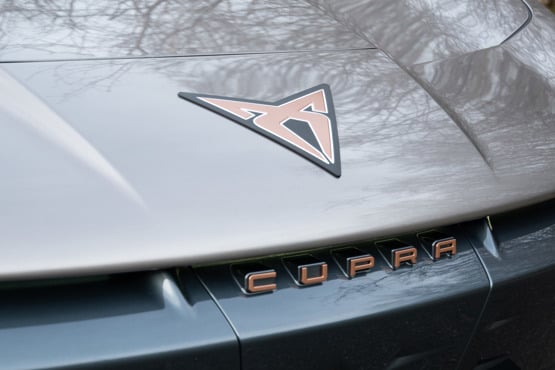
The infotainment system features a next-generation software interface that places key functions within easy reach. Climate controls and heated seat buttons are neatly integrated into a row at the bottom of the display. Additionally, a simple downward swipe from the top of the screen grants quick access to driver assistance system settings.
One minor downside is the rear-view camera, which isn’t as sharp as others I’ve experienced. It can make objects like buildings and cars appear slightly stretched, though not to the point of being off-putting.
A curvy, T-shaped dashboard enhances the sleek exterior and reinforces the car’s sporty appeal.
Having spent three years at Fleet News, this is the first time I’ll be testing a fully electric vehicle for an extended period.
Why has it taken me so long to go electric? Well, I can’t charge at home, and that’s always made me hesitant.
However, after speaking with people in the fleet sector, I’ve come to realise that home charging isn’t necessarily a dealbreaker. The public charging network continues to expand, and I can conveniently top up at the office once or twice a week.
In colder weather, I’m averaging around 240-250 miles on a full charge. We anticipate this increasing to approximately 300 miles in warmer months, which seems more than sufficient for my needs.
I’ll keep you updated on my experience…
Mike Roberts returned to Fleet News in 2021 having previously been its news editor in the early 2000s.
He is now managing editor for Fleet News, AM and Rail in the Bauer B2B portfolio. Prior to this he was managing editor of Fleet News' sister-title Smart Transport.
Mike started his career in local newspapers in the 1990s and has since worked on several specialist titles, both in print and online.

Specs
| Manufacturer | CUPRA |
| Model | Tavascan Estate |
| Specification | CUPRA Tavascan Estate 210kW V2 77kWh 5dr Auto |
| Model Year | 2025.00 |
| Annual VED (Road tax) | £10 |
| BIK List Price | £53,780 |
| Range | 339.00mile(s) |
| CO2 | N/A |
| BIK Percentage | 3% |
| Insurance Group | N/A |
| CC | 1 |
| Fuel Type | Electric |
| Vehicle Type | Medium SUV |
| Luggage capacity (Seats up) | 540litres |
| Doors | 5 |
Running Costs
| P11D | £53,780 |
| Cost per mile | 60.00ppm |
| Residual value | £20,325 |
| Insurance group | N/A |
| Fuel Type | Electric |
| Cost per mile | 226.80ppm |
| Fuel | 2.30ppm |
| Depreciation | 222.10ppm |
| Service maintenance and repair | 2.40ppm |
Rivals
Info at a glance
-
P11D Price
£53,780
-
MPG
N/A (WLTP) -
CO2 Emissions
N/A -
BIK %
3% -
Running cost
3 Year 60k : £20,325 4 Year 80k : £16,350 -
Fuel Type
Electric -
Range
339.00mile(s)

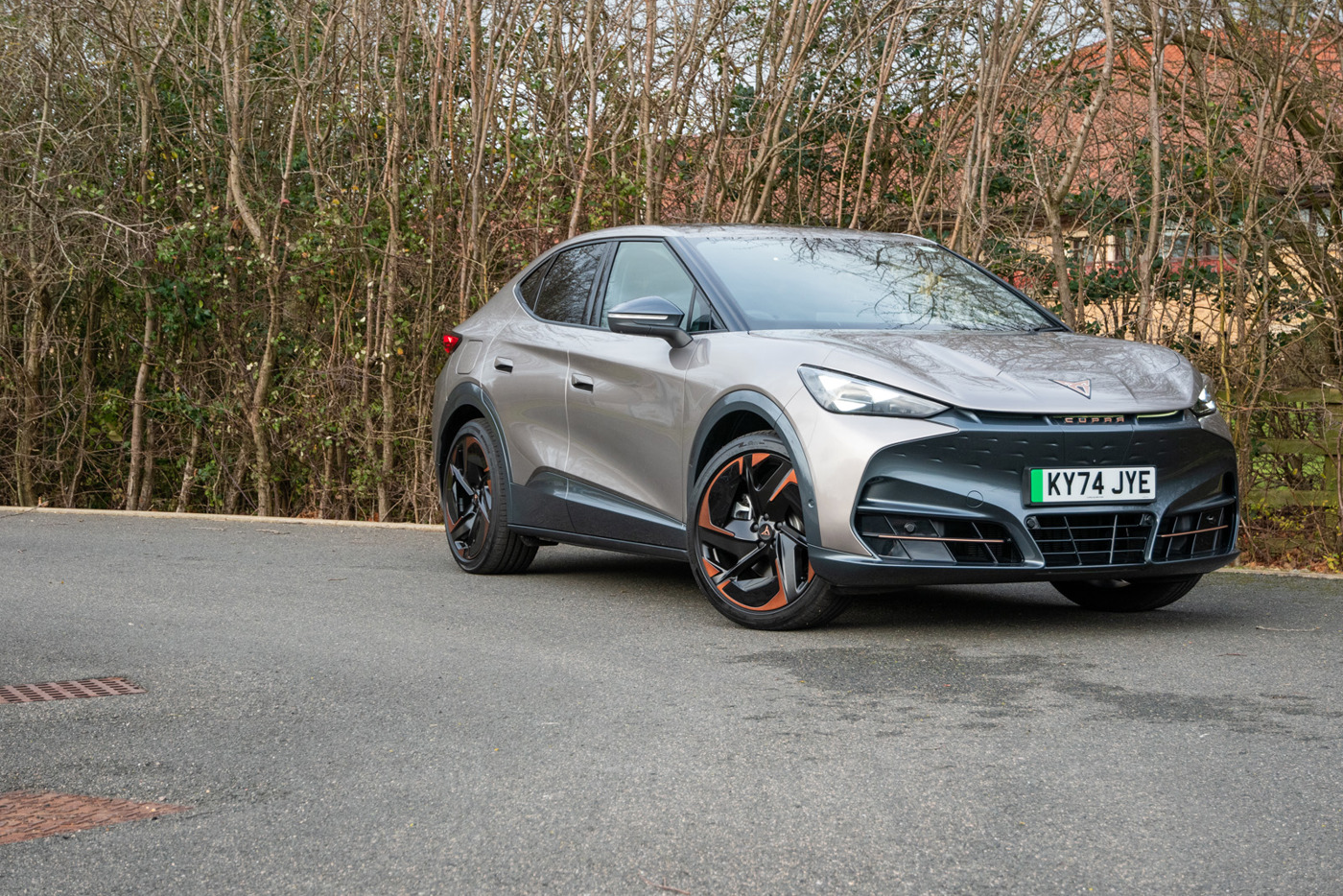
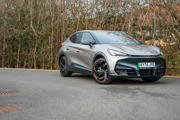


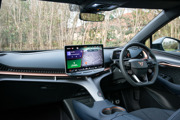
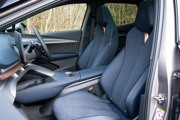
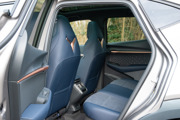
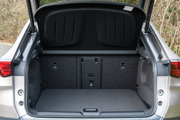
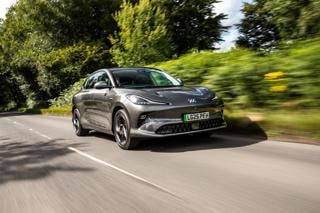
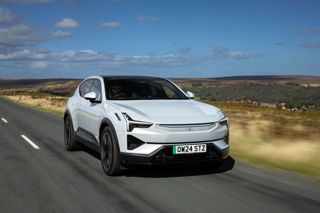
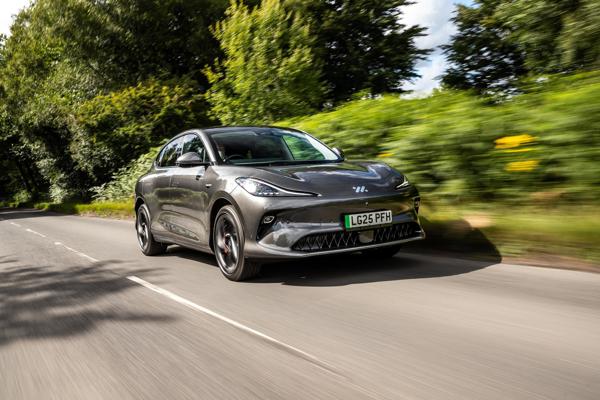
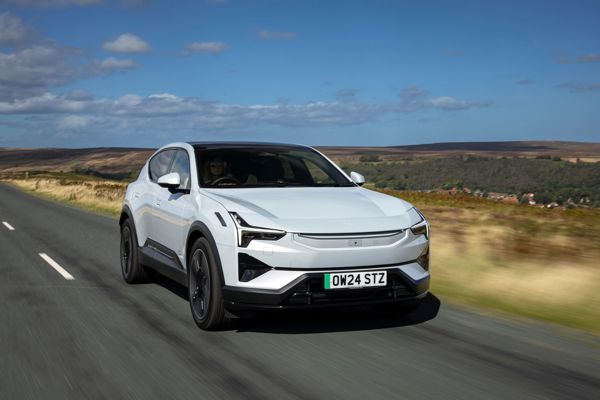
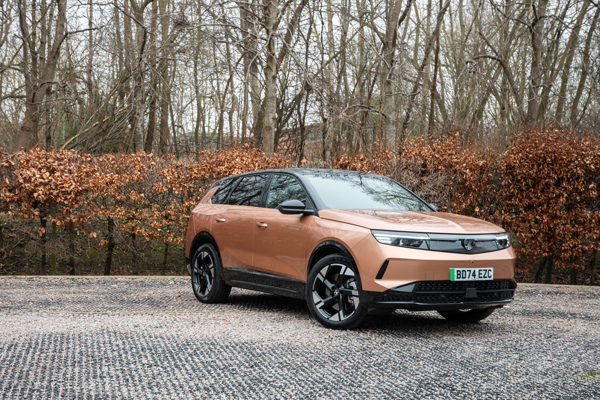
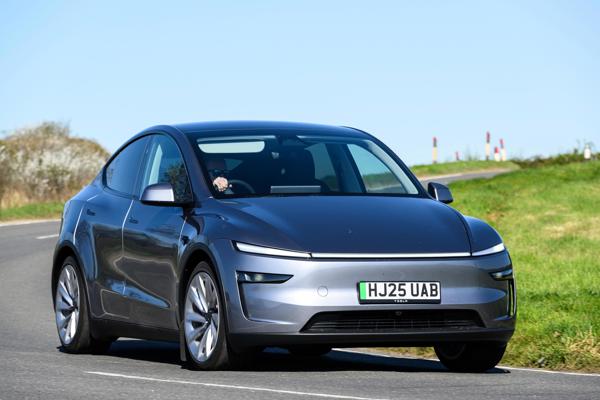

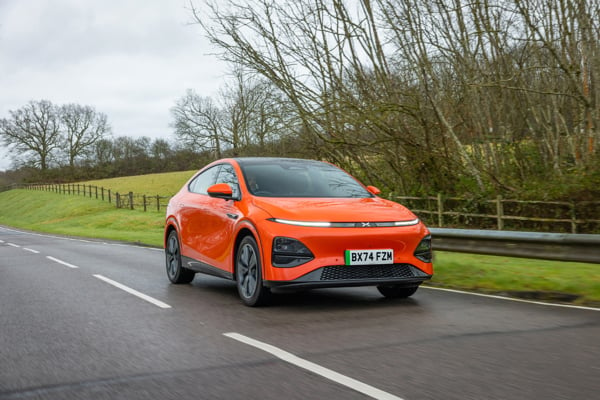
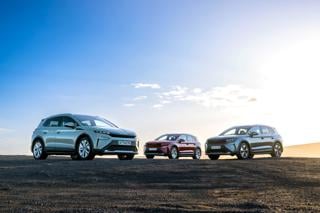

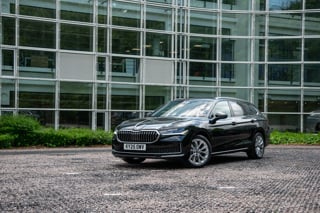

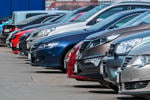



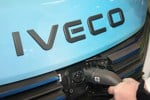



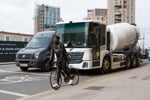



Login to comment
Comments
No comments have been made yet.